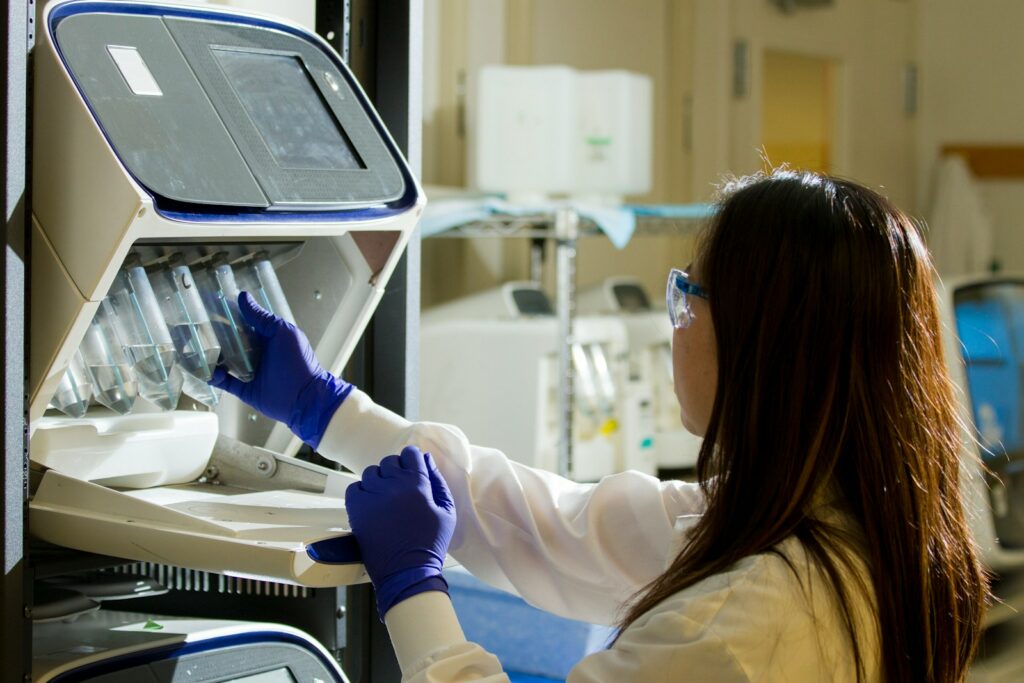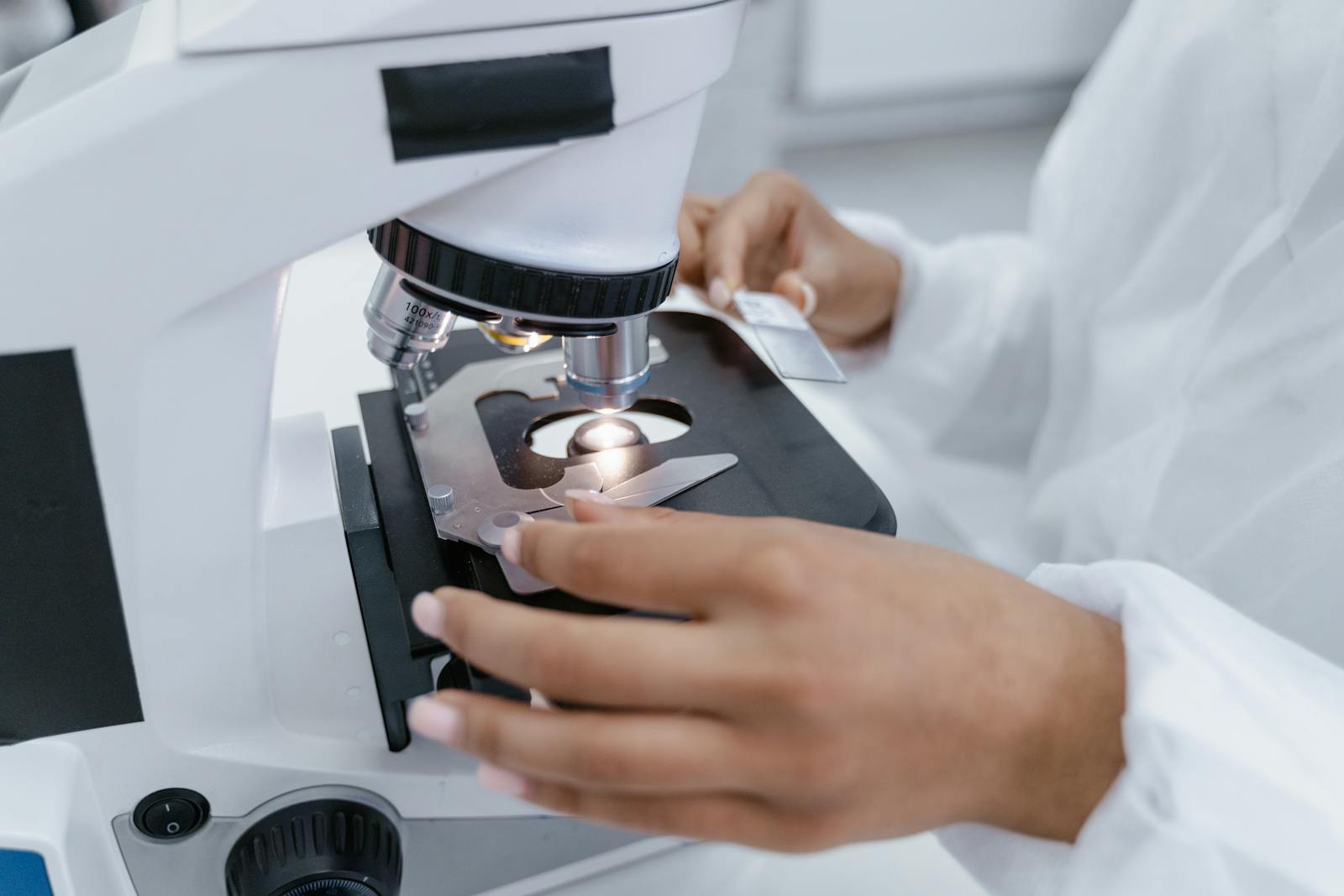Nitrosamines are small, reactive, and extremely potent — three reasons that make them both ubiquitous and analytically challenging. While regulators have multiplied guidance documents and tightened acceptable intakes, laboratories continue to face the same reality: detecting nitrosamines is not about having the best instrument, but about mastering the science behind them.
A chemical paradox: volatility and reactivity at trace levels
Chemically, nitrosamines are weakly polar compounds with high volatility and low stability. Their formation is favored by specific conditions — the coexistence of amine precursors and nitrosating agents — but their detection requires identifying traces down to a few nanograms per gram or even per day of exposure.
This duality creates a paradox: nitrosamines are easy to form, hard to quantify.
Analytical methods must therefore balance sensitivity, specificity, and robustness while limiting the degradation or loss of these fragile compounds during sample preparation.

Analytical strategies: one family, multiple methods
No single method fits all nitrosamines.
The choice depends on their chemical structure, matrix, and target limit of quantification.
| Technique | Strengths | Limitations |
| GC–MS / GC–MS/MS | Excellent for volatile nitrosamines (NDMA, NDEA…) | Less suitable for non-volatile or thermally labile compounds |
| LC–MS/MS | Flexible, sensitive, compatible with various matrices | Possible interferences with complex excipients |
| LC–HRMS | Accurate mass confirmation, structure elucidation | Higher cost, complex data processing |
Beyond the instrument, the key lies in method development and validation — defining recovery rates, matrix effects, and stability under analytical conditions.
One matrix ≠ one strategy
A method that works perfectly on a tablet may fail on an emulsion.
For instance:
- In solid dosage forms, extraction and sample clean-up must prevent nitrosation during analysis.
- In aqueous or oil-based matrices, the presence of nitrites or reactive excipients may lead to artificial formation of nitrosamines.
Each scenario requires a tailored analytical workflow — from extraction solvents to ionization mode — to ensure that what is measured reflects the true sample state, not an artifact.

Anticipation over repetition: the GenEvolutioN advantage
At GenEvolutioN, our philosophy is simple: the best way to manage nitrosamines is to avoid unnecessary testing.
Through a rigorous Risk assessment — combining theoretical risk evaluation and predictive modelling (QSAR / CPCA) with evidence-based limits (in vitro toxicology) — we help our partners determine if confirmatory testing is scientifically justified before committing to costly experimental phases.
When testing becomes essential, our teams deploy advanced LC–MS/MS and HRMS platforms for exploratory or regulatory-grade analyses.
But in most cases, our predictive and structural expertise allows clients to document a negligible risk and confidently stop before confirmatory testing.
Because with nitrosamines, anticipation is the smartest form of control. Detecting nitrosamines is not just an analytical challenge — it’s a strategic one. At GenEvolutioN, we don’t just measure. We help you decide if measuring is even necessary.

